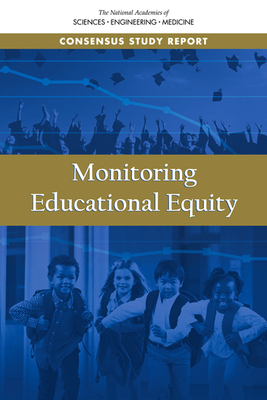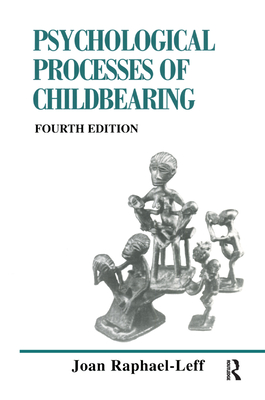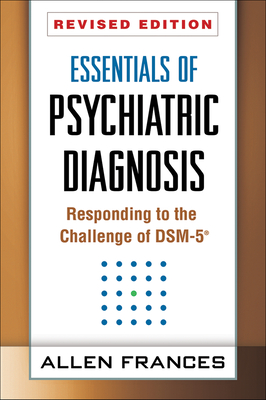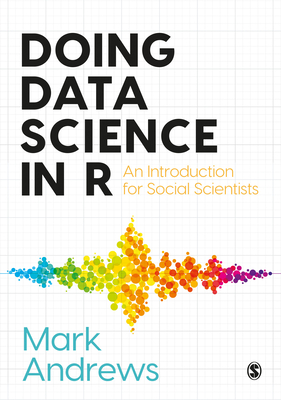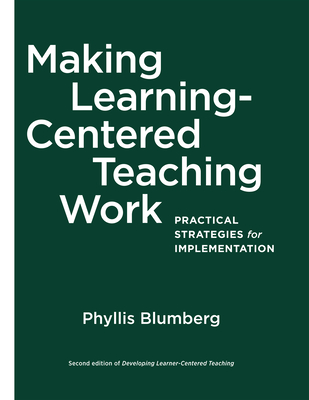Disparities in educational attainment among population groups have characterized the United States throughout its history. Education is sometimes characterized as the "great equalizer," but to date, the country has not found ways to successfully address the adverse effects of socioeconomic circumstances, prejudice, and discrimination that suppress performance for some groups. To ensure that the pursuit of equity encompasses both the goals to which the nation aspires for its children and the mechanisms to attain those goals, a revised set of equity indicators is needed. Measures of educational equity often fail to account for the impact of the circumstances in which students live on their academic engagement, academic progress, and educational attainment. Some of the contextual factors that bear on learning include food and housing insecurity, exposure to violence, unsafe neighborhoods, adverse childhood experiences, and exposure to environmental toxins. Consequently, it is difficult to identify when intervention is necessary and how it should function. A revised set of equity indicators should highlight disparities, provide a way to explore potential causes, and point toward possible improvements. Monitoring Educational Equity proposes a system of indicators of educational equity and presents recommendations for implementation. This report also serves as a framework to help policy makers better understand and combat inequity in the United States' education system. Disparities in educational opportunities reinforce, and often amplify, disparities in outcomes throughout people's lives. Thus, it is critical to ensure that all students receive comprehensive supports that level the playing field in order to improve the well-being of underrepresented individuals and the nation. Table of ContentsFront MatterSummary1 Why Indicators of Educational Equity Are Needed2 Committee's Framework for Indicators of Educational Equity3 Contextual Influences on Educational Outcomes: Families and Neighborhoods4 Indicators of Disparities in Student Outcomes5 Indicators of Disparities in Access to Educational Opportunities6 Paths Forward: RecommendationsReferences and BibliographyAppendix A: Review of Existing Data SystemsAppendix B: Assessment of Relevant PublicationsAppendix C: Data and Methodological Opportunities and Challenges for Developing K12 Educational Equity IndicatorsAppendix D: Agendas for Public Sessions of the CommitteeAppendix E: Biographical Sketches of Committee Members and StaffCommittee on National Statistics
Get Monitoring Educational Equity by at the best price and quality guranteed only at Werezi Africa largest book ecommerce store. The book was published by National Academies Press and it has pages. Enjoy Shopping Best Offers & Deals on books Online from Werezi - Receive at your doorstep - Fast Delivery - Secure mode of Payment
 Jacket, Women
Jacket, Women
 Woolend Jacket
Woolend Jacket
 Western denim
Western denim
 Mini Dresss
Mini Dresss
 Jacket, Women
Jacket, Women
 Woolend Jacket
Woolend Jacket
 Western denim
Western denim
 Mini Dresss
Mini Dresss
 Jacket, Women
Jacket, Women
 Woolend Jacket
Woolend Jacket
 Western denim
Western denim
 Mini Dresss
Mini Dresss
 Jacket, Women
Jacket, Women
 Woolend Jacket
Woolend Jacket
 Western denim
Western denim
 Mini Dresss
Mini Dresss
 Jacket, Women
Jacket, Women
 Woolend Jacket
Woolend Jacket
 Western denim
Western denim
 Mini Dresss
Mini Dresss



